
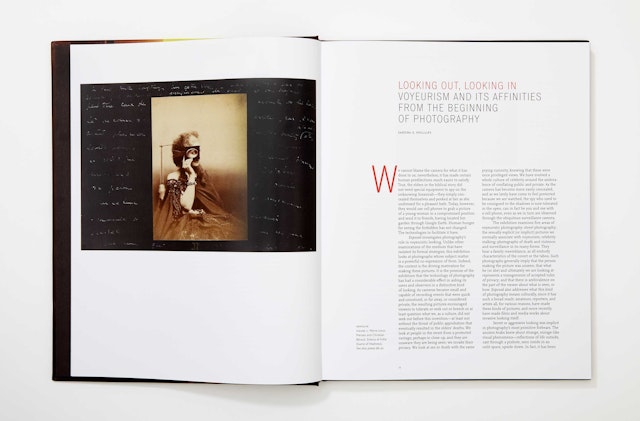
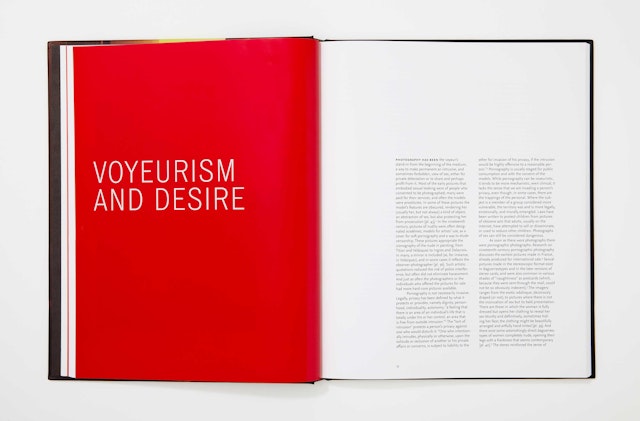



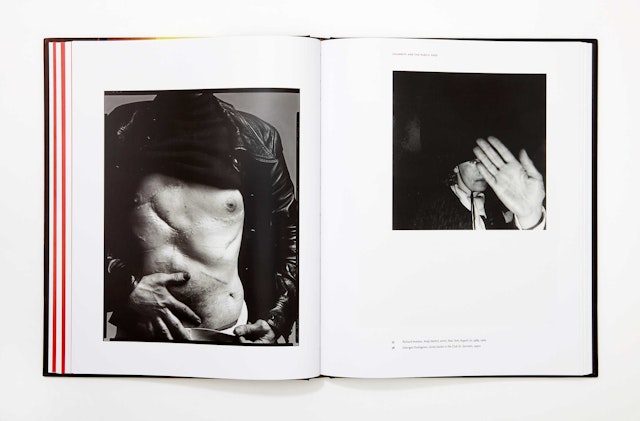
The catalogue features more than 200 photographs, installations and video pieces by artists including Henri Cartier-Bresson, Man Ray, Walker Evans, Nan Goldin, Robert Mapplethorpe and Philip Lorca DiCorcia, as well as images made by professional journalists, government agencies and amateurs.
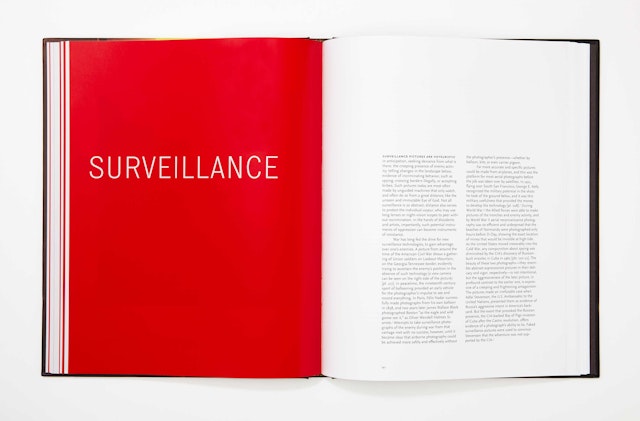
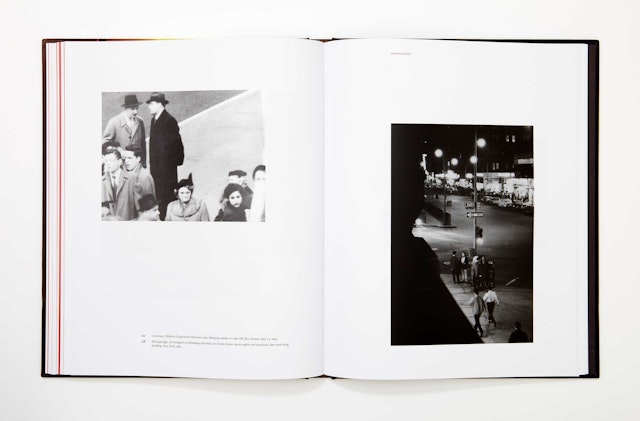
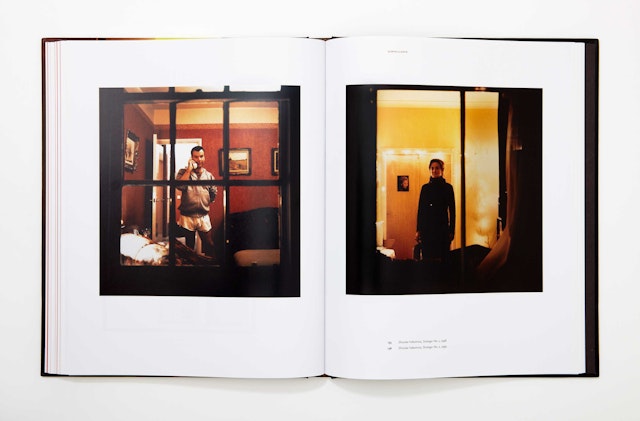

Cell-phone cameras, reality television and YouTube are innovations in making private images public, but photography has lent itself to “invasive looking” since the invention of the medium. Exposed: Voyeurism, Surveillance, and the Camera Since 1870, now in its final weeks at SFMOMA, is a major survey that examines the historical and contemporary context of surreptitious images.
Pentagram has designed the catalogue for the exhibition, which features more than 200 photographs, installations and video pieces by artists including Brassaï, Henri Cartier-Bresson, Man Ray, Lee Miller, Walker Evans, Robert Frank, Helmut Newton, Guy Bourdin, Nan Goldin, Robert Mapplethorpe and Philip Lorca DiCorcia, as well as images made by professional journalists, government agencies and amateurs. The exhibition was co-organized by SFMOMA and Tate Modern.
The catalogue design presents the images at an intimate scale. Like the exhibition, the book has been divided into five themes of “forbidden looking": “The Unseen Photographer,” about the use of hidden cameras in public, from “detective cameras” to the work of street photographers like Weegee and Walker Evans; “Voyeurism and Desire,” on photography and voyeuristic sexuality; “Celebrity and the Public Gaze,” including paparazzi, “Witnessing Violence,” on photojournalism; and “Surveillance,” ranging from government reconnaissance to work by contemporary artists like Bruce Nauman and Thomas Ruff.
Office
- New York
